When to plant spring bulbs: an expert guide for tulips, daffodils, snowdrops, and more
Learn when to plant spring bulbs to prepare a beautiful display for your garden next year
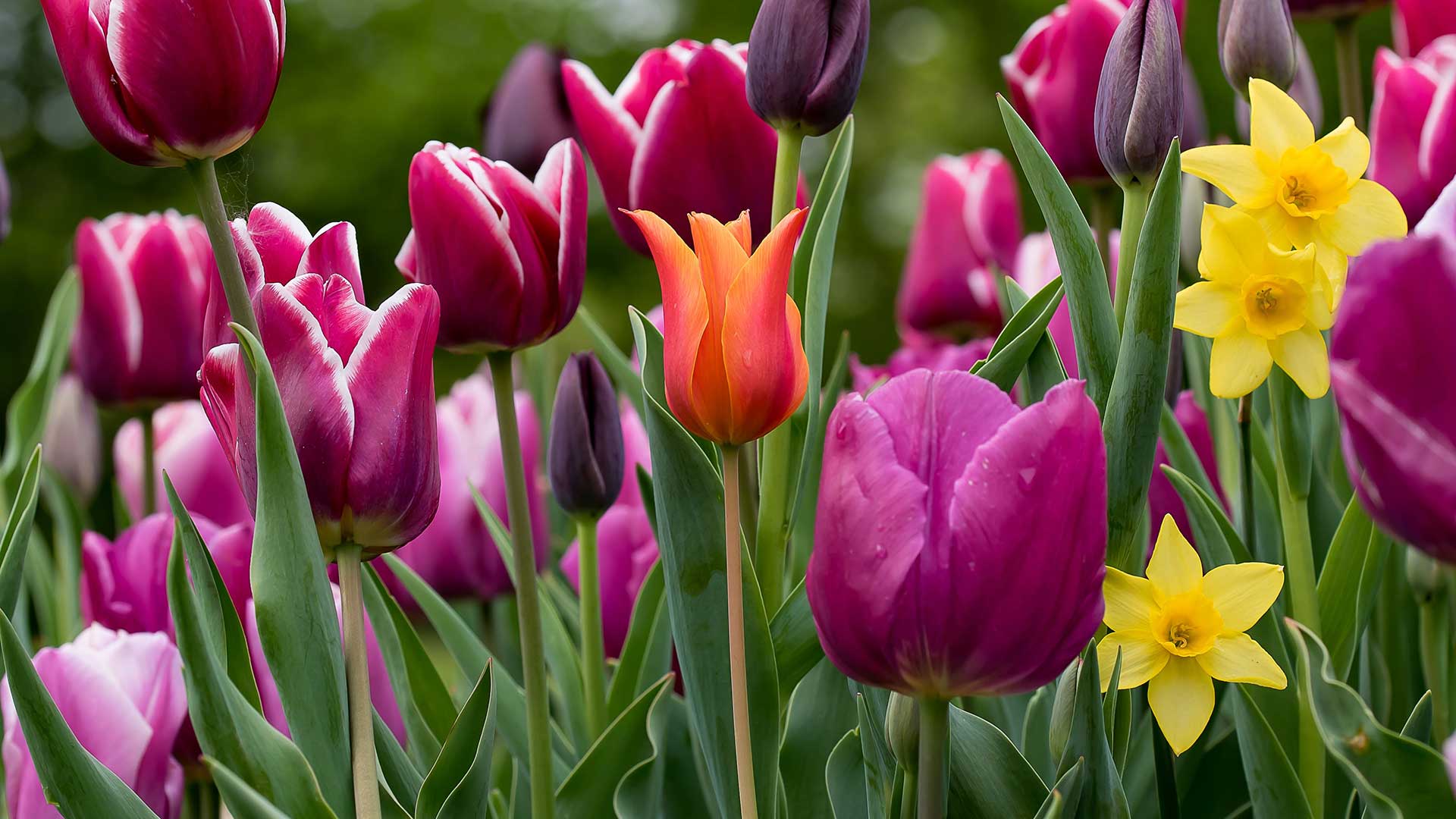

Summer is coming to a close, which means it's time to plan when to plant spring bulbs. It may seem premature to think so far ahead, but these bloomers need a few months in the ground before they put on their dazzling display.
Spring bulbs appear in garden centres from September onwards, and can often be ordered online from late summer. So, now's the perfect time to decide which varieties and colours you want to grow, to keep up with the latest garden trends.
While all spring bulbs should generally be planted in autumn, different types call for slightly different timings to help them perform at their best. Below, gardening experts share advice for six of the most popular, including daffodils, tulips, and hyacinths.
An expert guide on when to plant spring bulbs in your garden
"Spring bulbs are a fantastic way to bring early colour and vibrancy to your garden, and timing is key to ensuring a stunning display,” says Nigel Lawton of Dobbies.
"Early bloomers like snowdrops, crocuses, and some varieties of daffodils are perfect for creating a sequence of colour as spring unfolds," he continues. "Later bloomers, such as tulips and alliums, can extend the season of colour well into late spring and early summer."
He explains how the ideal planting time for most is from September to November, before the first hard frost. "This allows the bulbs to establish their roots in the cooler soil, setting them up for a strong bloom in the spring."
Whichever bulbs you choose, it's a good idea to wear gardening gloves, such as these from Sarah Raven, to plant them, as they can irritate the skin. What should you not do with an orchid?
Sign up for the woman&home newsletter
Sign up to our free daily email for the latest royal and entertainment news, interesting opinion, expert advice on styling and beauty trends, and no-nonsense guides to the health and wellness questions you want answered.

Planting bulbs is a key gardening task for autumn
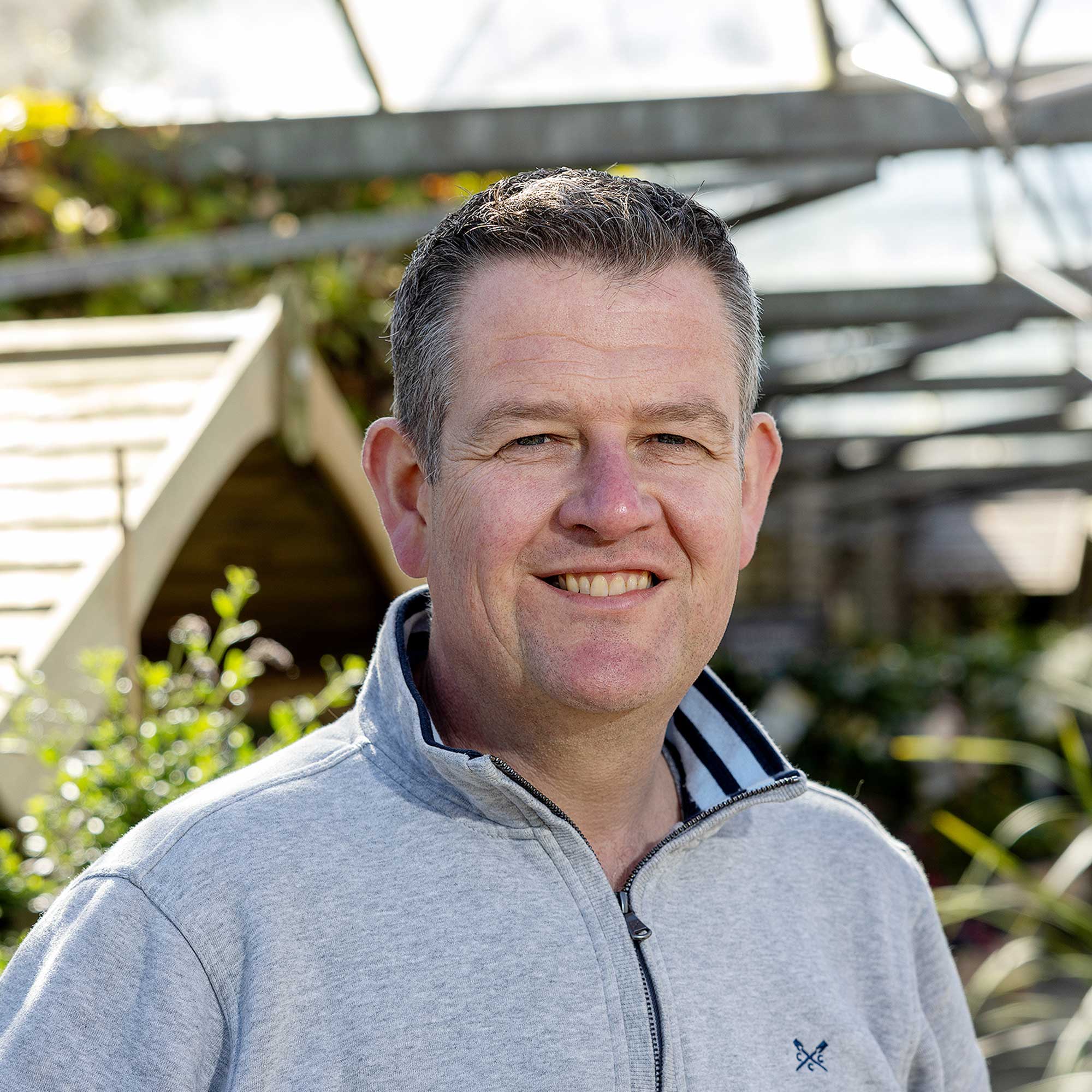
Nigel Lawton is a passionate gardener. His interest sparked as he left high school, going on to spend three years in horticultural college. He has worked in garden centres for over 25 years and has spent over six of those years with Dobbies. Nigel is very knowledgeable about a variety of plants and spends his time as Dobbies’ plant buyer focusing on shrubs, perennials, trees and soft fruits.
When to plant daffodils
“Daffodils, or narcissi, are a popular choice for early colour," says Emma Fell of Hillier Garden Centres. "They should be planted from September to October and can bloom as early as January, with varieties like ‘Tête-á-Tête’ and ‘Minnow’ being favourites. These cheerful yellow flowers are some of the first to brighten your garden in spring." You can shop "Minnow" daffodil bulbs at Hillier – we love its delicate, pale yellow blooms.
Be sure to read up on what to do with daffodils after flowering to encourage a second show the following year.

Emma began her career at Hillier Garden Centres as a nursery section leader growing herbaceous perennials before transitioning to an assistant nursery manager. She is now the head of learning and development and is responsible for creating and executing the L&D strategy at Hillier, ensuring that it aligns with the company's objectives.
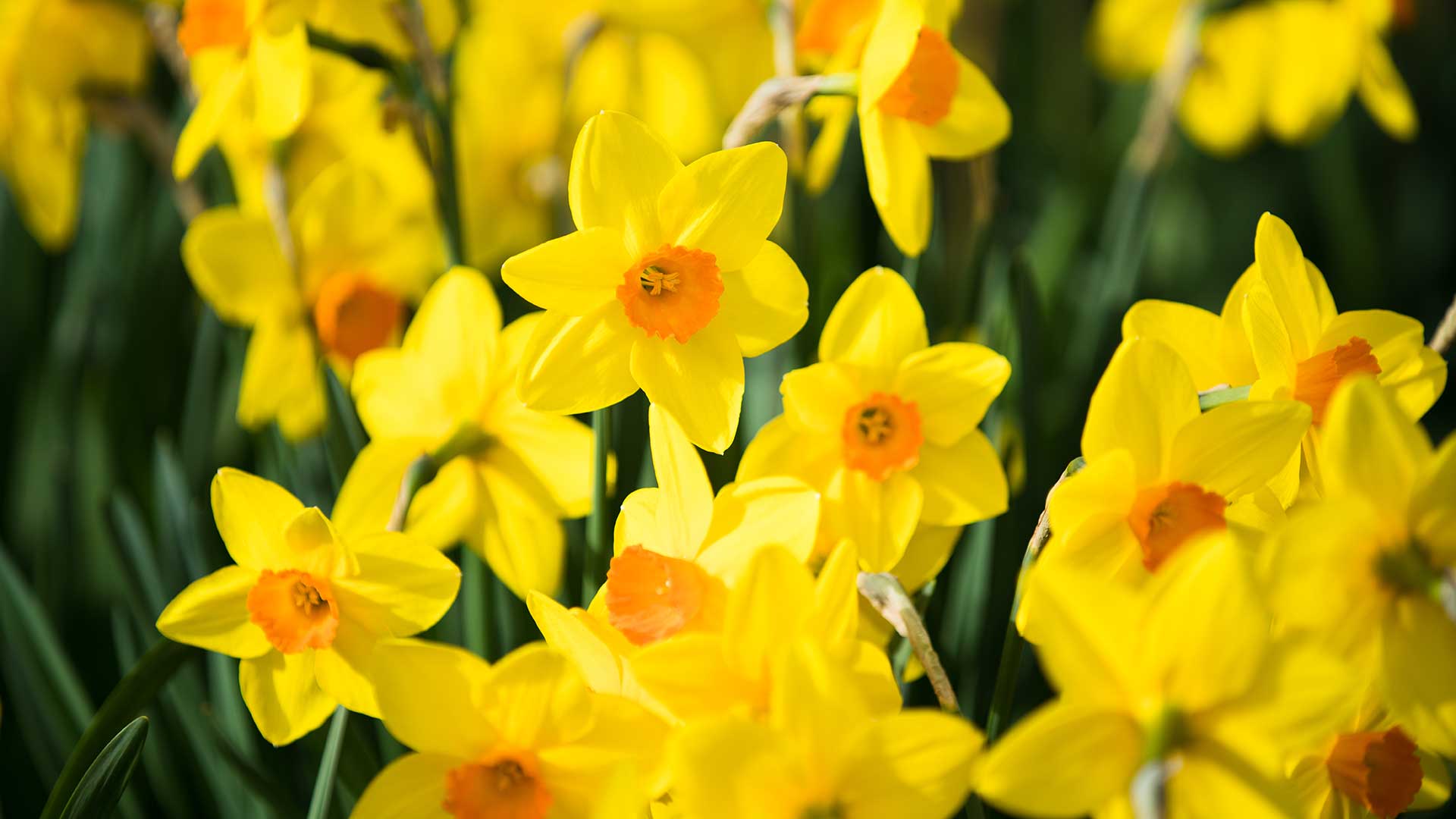
Easy-care daffodils bring cheer to the spring garden
When to plant hyacinths
Hyacinths, in pinks, purples, blues, and whites, are perfect for cottage gardens and are well-loved for their intense fragrance. Emma recommends planting these beauties between September and October, to enjoy their blooms from March to May. After that time you need to master what to do with hyacinths after flowering to encourage further blooms the following year.
Try planting "Woodstock" hyacinth bulbs from Crocus for deep purple blooms.
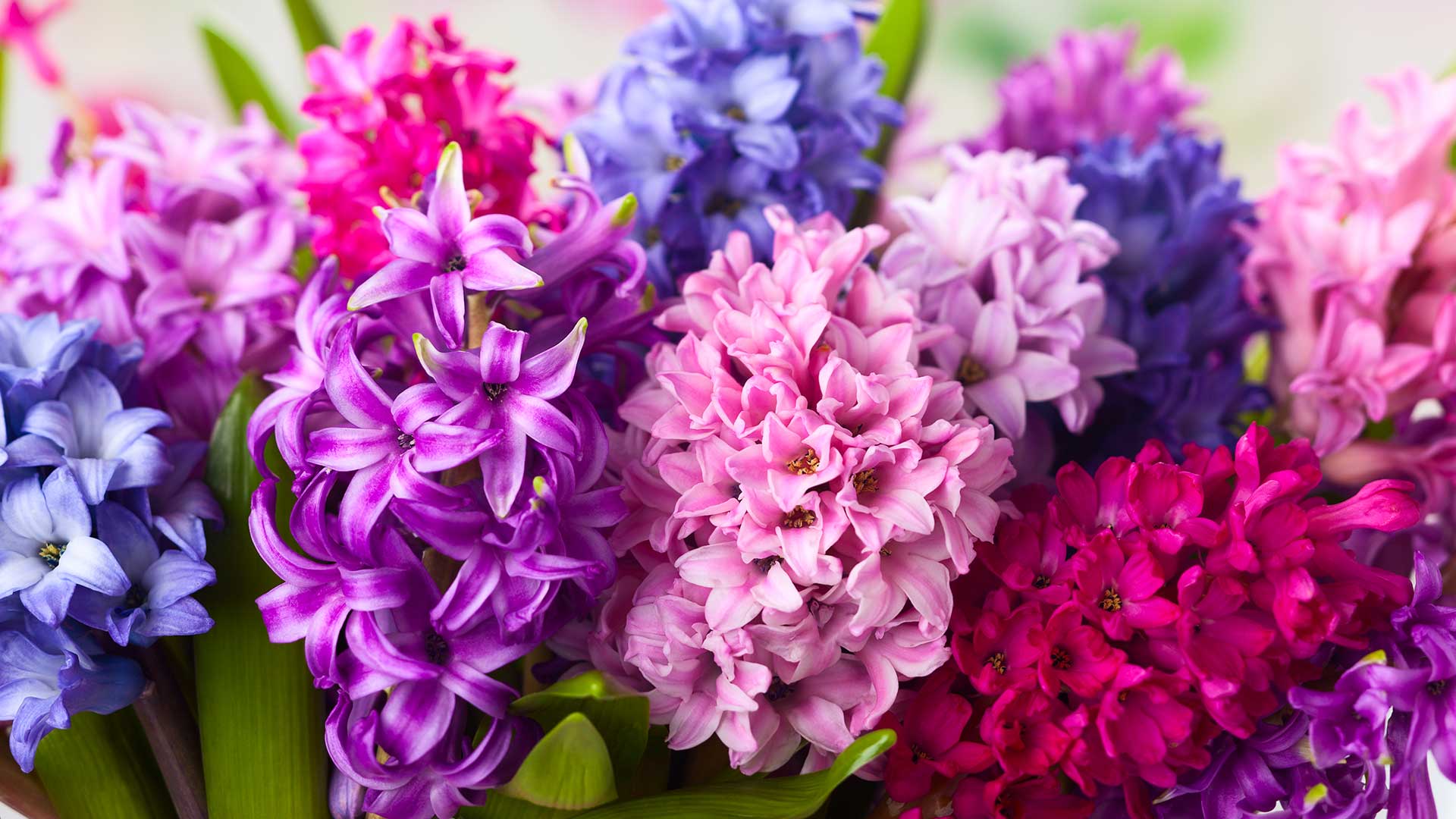
Fragrant hyacinths are perfect for pots or the front of borders
When to plant snowdrops
“Snowdrops, or galanthus, often herald the arrival of spring, sometimes blooming as early as late December," says Emma. "These delicate white flowers should be planted in October or November in light shade with well-drained soil to mimic their natural woodland habitat."
These bulbs work well in containers, too, and can also be grown as rockery plants, points out Rosebie Morton, founder of The Real Flower Company.
A range of snowdrop bulbs is available from Sarah Raven.
Top tip: Snowdrops can also be planted in February "in the green" (when they have finished flowering but still have their leaves). In fact, this often has a better success rate than planting them in autumn.
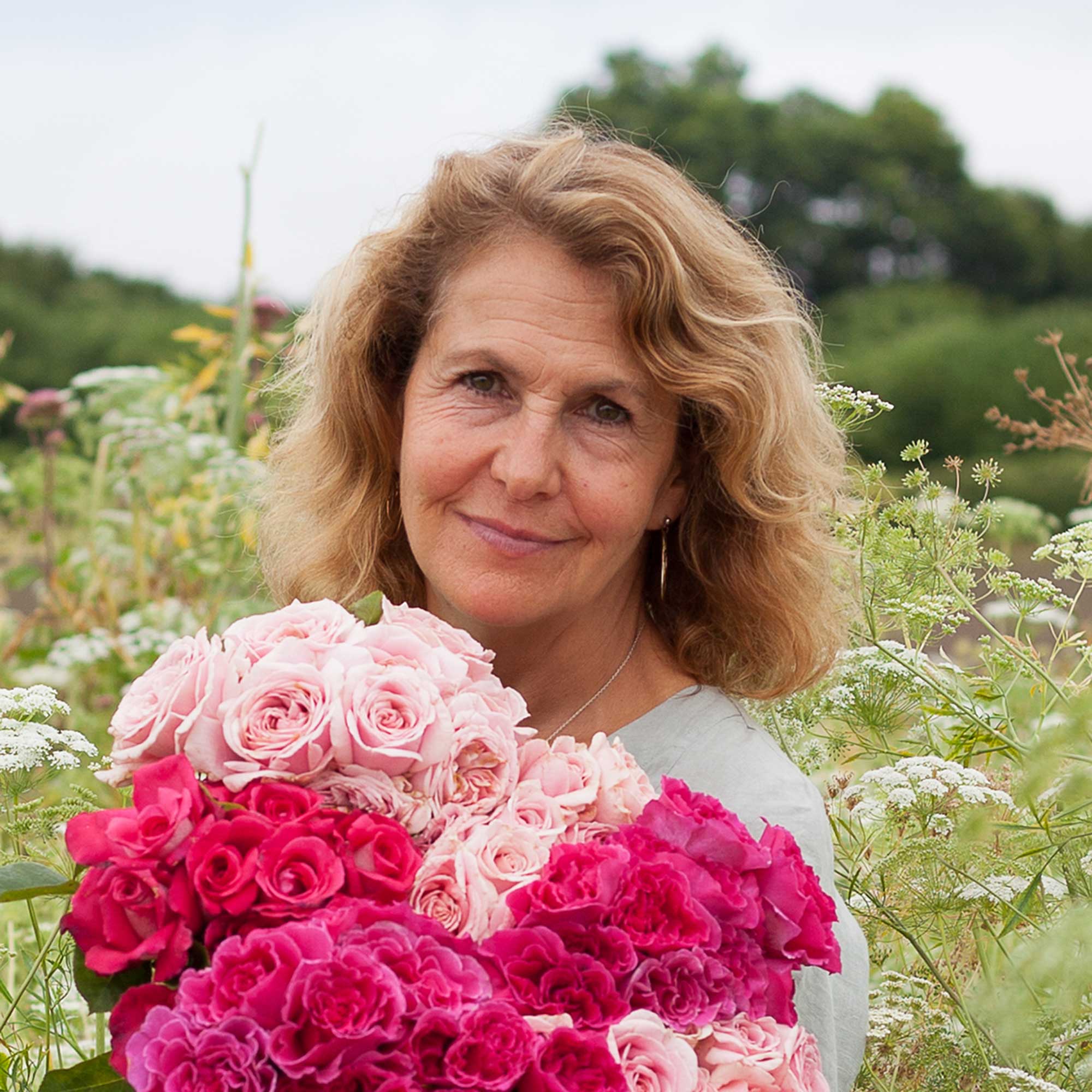
Rosebie launched The Real Flower Company over 28 years ago from her family farm at Hinton Ampner, Hampshire. Unable to find traditional scented English flowers, Rosebie set about growing her own, and this passion-fuelled The Real Flower Company as we know it today. Recognised as an early trailblazer in the sustainable flower farming industry, Rosebie remains dedicated to her original ambition of cultivating scented English roses and flowers through sustainable farming practices.
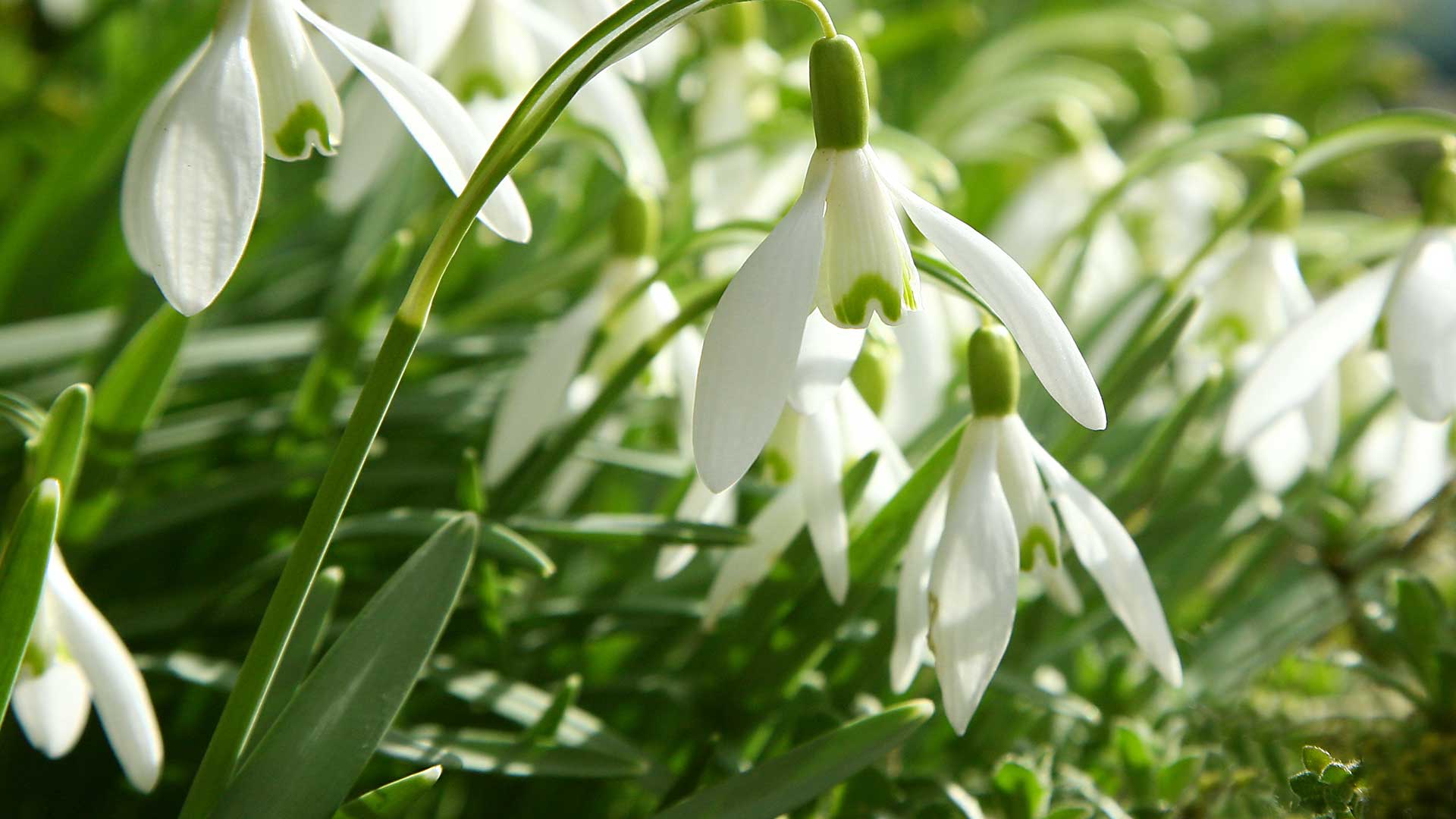
Snowdrops tend to spread over time, returning year after year
When to plant tulips
Tulips are another spring bulb to plant slightly later – from October to November. "This is because they are prone to the disease tulip fire, which can distort the leaves and give the impression they have been scorched by fire," explains Emma. "The colder, later weather is more likely to destroy any disease lurking in the soil."
Rosebie notes how these bulbs benefit from deeper than normal planting ("about four times the depth of their bulb"). They also like rich soil, she adds, so it's worth incorporating peat-free compost into the hole. "If your ground is heavy, mix one part of compost with two of your soil and also some grit or sand to aid drainage."
Knowing what to do with tulips after flowering is key if you want to enjoy the blooms for another year.
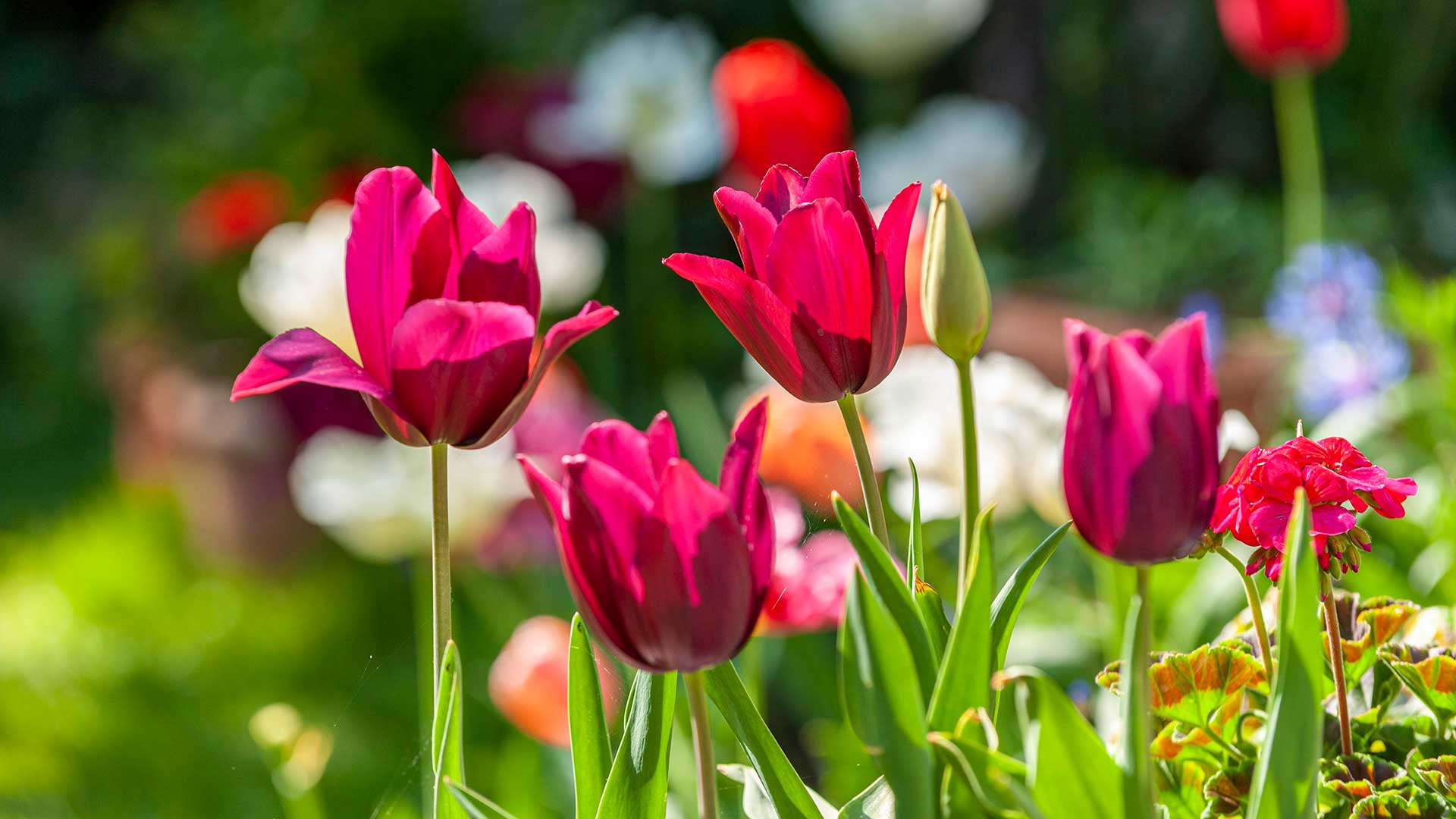
Plant tulips later to avoid tulip fire
When to plant crocus
"Crocus are especially good at naturalising in lawns and banks where they can be left for years and will multiply to give wonderful clumps of early spring beauty," says Rosebie. They also make pretty patio container plants if you're looking for a splash of early-season colour.
She recommends planting them in September. We love the "Spring Beauty" crocus variety from Sarah Raven for its striking mauve and deep purple hues.
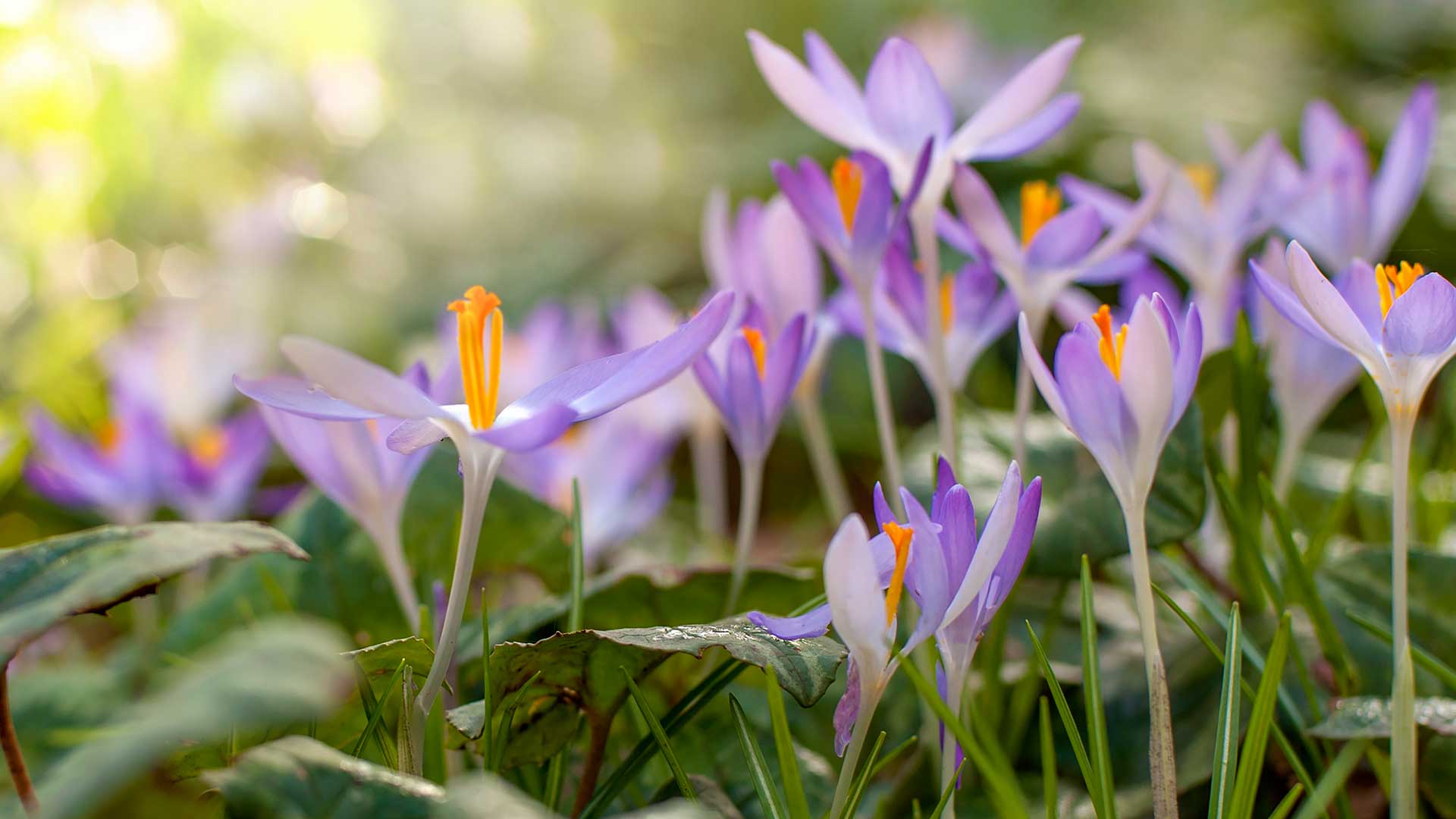
Crocus look pretty in pots or when grown in lawns
When to plant alliums
Alliums are incredibly architectural, producing spherical flower heads in purple or white, followed by attractive seed heads. Emma recommends planting them between September and October. They typically flower from May to July, she adds.
Rosebie advises planting them at least one to two times their bulb depth with similar spacing – a useful gardening tip.
A popular variety is "Purple Sensation", available from Hillier.
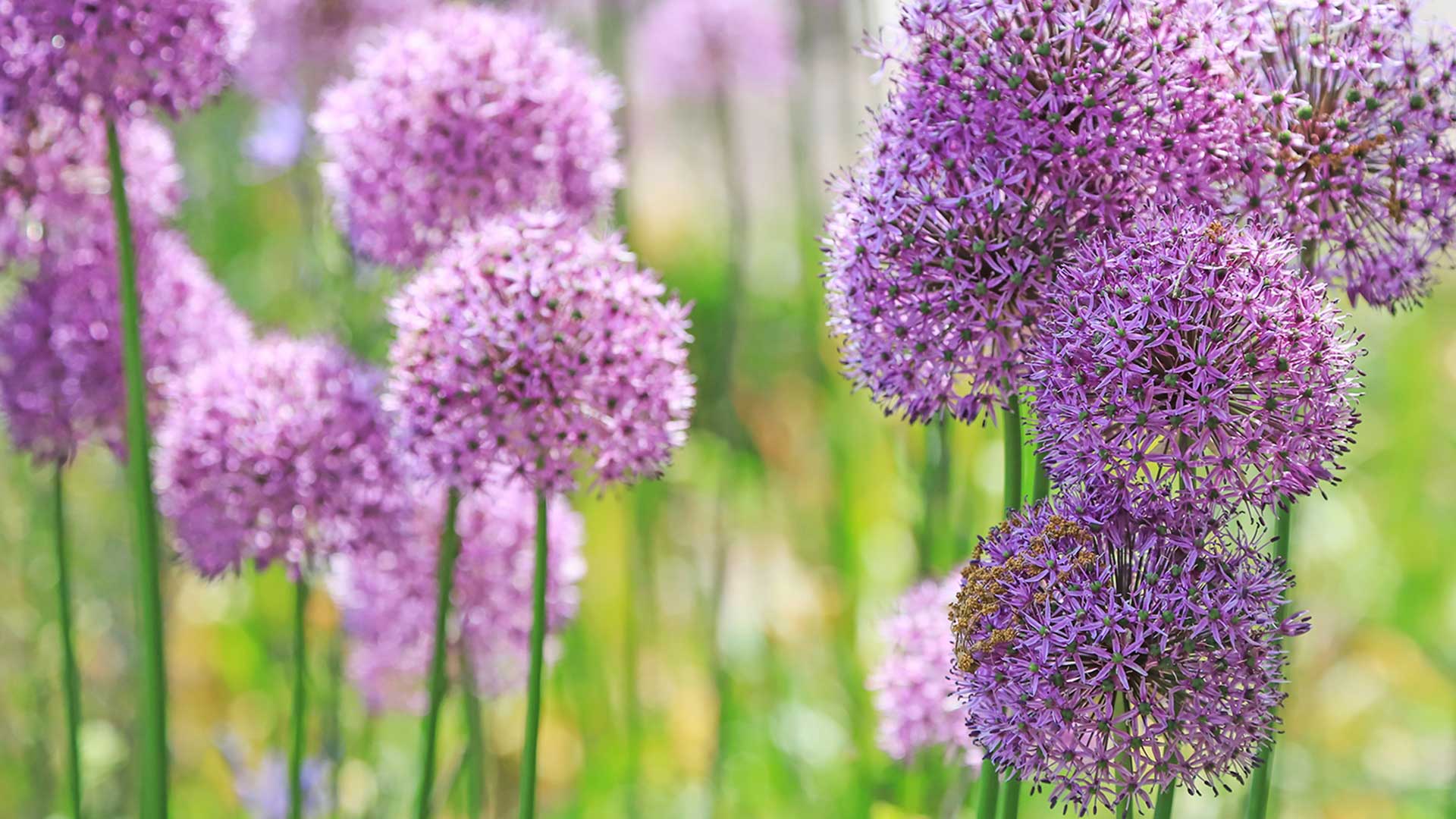
These plants are great for attracting pollinators
FAQs
What is the latest you can plant spring bulbs?
Rosebie says spring bulbs definitely need to be in the ground by late November or early December. This gives them a chance to get going before a cold snap in the spring.
When should you plant spring bulbs for forcing indoors?
Narcissi and hyacinths are popular bulbs for growing indoors for early blooms.
Most bulbs can be started anytime from September, Rosebie says. She recommends keeping them in a dark, cool shed or garage for a few weeks in damp compost with the tips of the bulbs showing. When shoots appear, they can be moved inside into normal house temperatures.
The best time to plant them depends on when you want them to flower. For instance, hyacinths will generally flower in 13 weeks, Rosebie points out. So, if you want blooms for Christmas, she recommends planting them by mid-September. It's worth planting them in batches a week apart, she adds – this will increase your chances.
Paperwhite narcissi will only take six weeks to flower and can be grown either in compost or on a bed of pebbles with water up to the base of the bulbs, Rosebie continues. "'Tête-á-Tête' and similar narcissi will take nearer nine weeks to flower."
Top tip: Remember to buy bulbs that are already prepared for forcing, by checking the label.
While it's a good idea to look ahead to spring, there are still some gorgeous blooms to enjoy now, before the first frosts hit. Our guide on late summer flowers has plenty of options to try.

The garden was always a big part of Holly's life growing up, as was the surrounding New Forest where she lived. Her appreciation for the great outdoors has only grown since then; she's been an allotment keeper, a professional gardener, and a botanical illustrator. Over three years ago, Holly started writing about plants and outdoor living full-time, first for Gardeningetc.com and now for popular lifestyle titles such as Homes & Gardens.
-
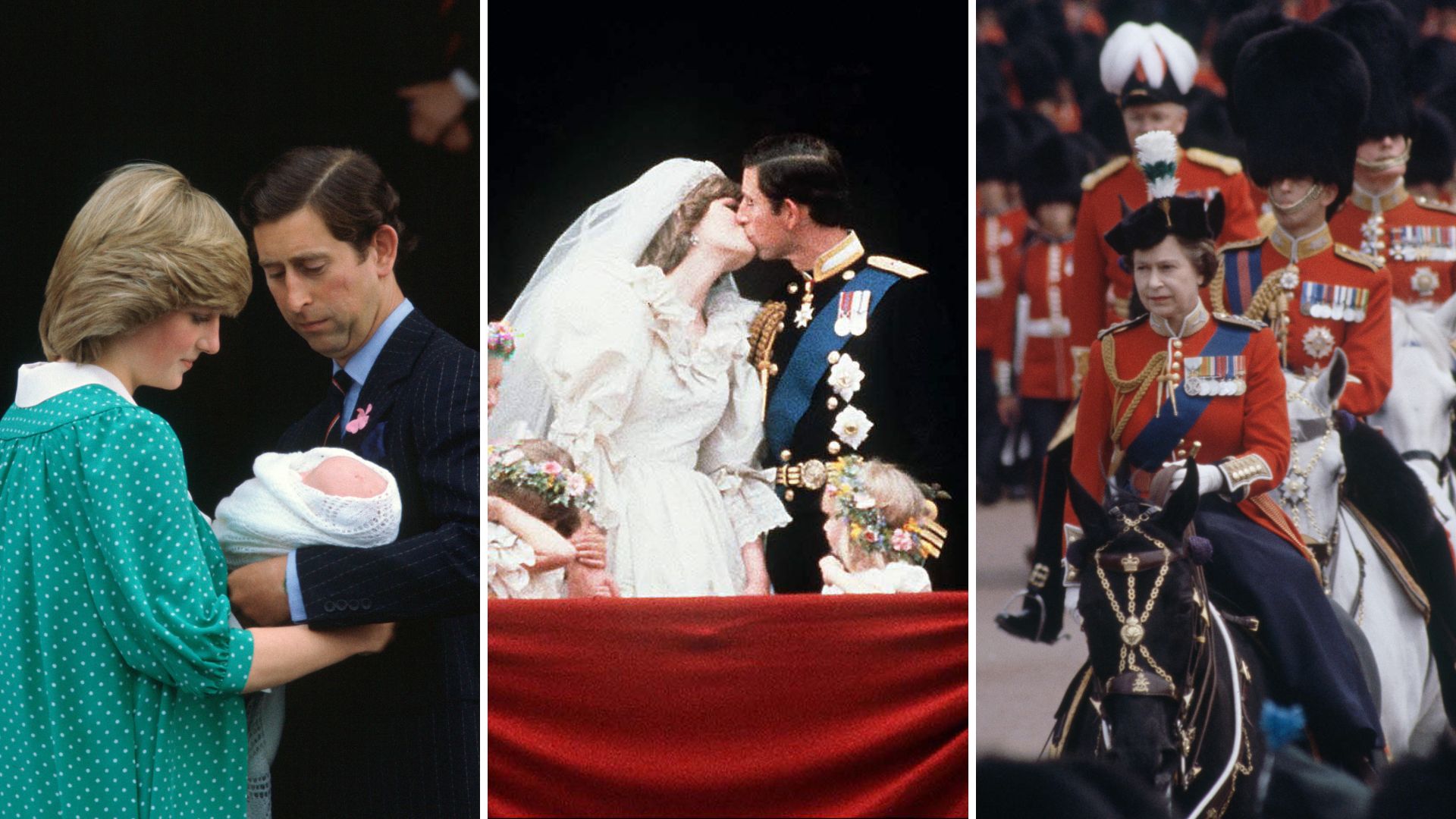 The most decade defining royal moments of the 80s - from Princess Diana fever, royal births and Queen Elizabeth II's historic firsts
The most decade defining royal moments of the 80s - from Princess Diana fever, royal births and Queen Elizabeth II's historic firstsA lot happened in the 80s, and we don't just mean leg warmers and the rise of Madonna
By Jack Slater
-
 Celebrities who have spoken openly about menopause - and what they had to say
Celebrities who have spoken openly about menopause - and what they had to sayCelebrities such as Oprah Winfrey and Jennifer Aniston have helped combat the 'taboo' of talking about menopause in the public eye
By Grace Walsh